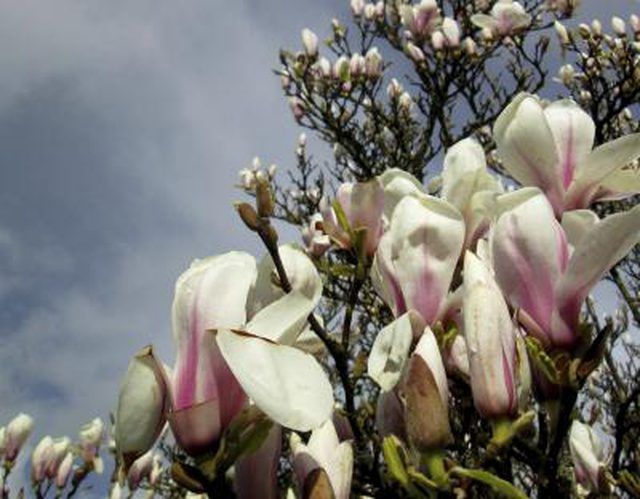Bulbs
Flower Basics
Flower Beds & Specialty Gardens
Flower Garden
Garden Furniture
Garden Gnomes
Garden Seeds
Garden Sheds
Garden Statues
Garden Tools & Supplies
Gardening Basics
Green & Organic
Groundcovers & Vines
Growing Annuals
Growing Basil
Growing Beans
Growing Berries
Growing Blueberries
Growing Cactus
Growing Corn
Growing Cotton
Growing Edibles
Growing Flowers
Growing Garlic
Growing Grapes
Growing Grass
Growing Herbs
Growing Jasmine
Growing Mint
Growing Mushrooms
Orchids
Growing Peanuts
Growing Perennials
Growing Plants
Growing Rosemary
Growing Roses
Growing Strawberries
Growing Sunflowers
Growing Thyme
Growing Tomatoes
Growing Tulips
Growing Vegetables
Herb Basics
Herb Garden
Indoor Growing
Landscaping Basics
Landscaping Patios
Landscaping Plants
Landscaping Shrubs
Landscaping Trees
Landscaping Walks & Pathways
Lawn Basics
Lawn Maintenance
Lawn Mowers
Lawn Ornaments
Lawn Planting
Lawn Tools
Outdoor Growing
Overall Landscape Planning
Pests, Weeds & Problems
Plant Basics
Rock Garden
Rose Garden
Shrubs
Soil
Specialty Gardens
Trees
Vegetable Garden
Yard Maintenance
Facts About the Magnolia Tree
Facts About the Magnolia Tree. Magnolias (Magnolia spp.) put out a spectacular flower display that yields showy seedpods which songbirds enjoy. Approximately 80 species and numerous cultivars grow as trees or large shrubs and exhibit a wide variety of attractive characteristics. Magnolias produce thick leaves in various sizes, sheens and shades of...

Magnolias (Magnolia spp.) put out a spectacular flower display that yields showy seedpods which songbirds enjoy. Approximately 80 species and numerous cultivars grow as trees or large shrubs and exhibit a wide variety of attractive characteristics. Magnolias produce thick leaves in various sizes, sheens and shades of green, with undersides in an assortment of hues from light green to rusty brown.
Choosing the Right Place
Magnolias perform best in rich, well-drained soil with a pH between 5.0 and 6.5 and are most likely to thrive when transplanted in early spring or late winter. The best location to plant a magnolia tree depends on several factors. These trees and shrubs typically flourish in full sun if the soil is moist, but require partial shade without periodic irrigation. Magnolias exhibit high drought tolerance in a spot with ample space for root expansion – approximately four times as wide as the canopy – but can only endure moderate drought in root-restrictive areas or in dry, poor soil.
Potential Problems
Magnolia trees are vulnerable to some pests and diseases, but typically these problems resolve themselves and don’t require control measures. Various scale insects may congregate on leaves and twigs, and some diseases to look for include black mildew, blights and canker. Its soft wood makes branches susceptible to breaking in ice storms, its thin bark is prone to damage from string trimmers and lawnmowers, and pruning wounds may not heal properly. Due to their wide root span, magnolias usually won’t survive near construction projects.
Majestic Magnolia Trees
Southern magnolia (Magnolia grandiflora) and sweetbay magnolia (Magnolia virginiana) are among the most common tree species. Southern magnolia demands ample space for its wide-spreading, 40- to 80-foot-tall conical canopy and grows in U.S. Department of Agriculture plant hardiness zones 7 through 10a. It bears white, summer flowers, as well as bright-red fruit in autumn. The oval-shaped canopy of sweetbay magnolia stands about 50 feet tall. This species puts out white flowers in summer, yields yellow, or mostly green, fruit in autumn and grows in USDA zones 6 through 9.
Smaller Magnolia Trees
Star magnolia (Magnolia stellate) and saucer magnolia (Magnolia x soulangiana) grow as small trees or large shrubs. Star magnolia grows 15 to 20 feet tall in USDA zones 4 through 8. It begets white or pink flowers in spring or winter and bears red fruit in summer or fall. Saucer magnolia is a popular landscape plant that turns out white blossoms kissed with purple and pink in early spring before the leaves develop. Grown in USDA zones 4 through 9, it reaches 20 to 30 feet tall and wide at maturity.